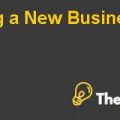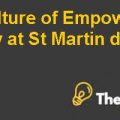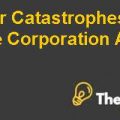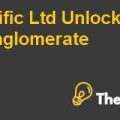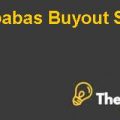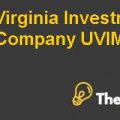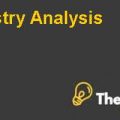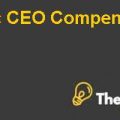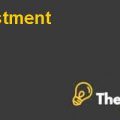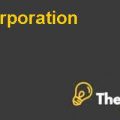
Part A
In Excel, modify the attached pro forma income statement and balance sheet for Super value for next five years after initial year by changing the assumptions.
(A). All the assumptions have been changed in the assumptions sheet. The growth assumptions for the sales and the operating expenses as provided have been changed. The terminal growth rate of 3% has also been provided which has also been changed. The cost of debt, tax rate and the weighted average cost of capital have also been provided which have been changed and these are respectively 8%, 35% and 11%. The debt growth rate for the five years and on wards has also been provided which has been changed to 3%. All other balance sheet items such as receivables, inventory, payables, and other liabilities have been taken as the percentage of the sales for the current year which is 2015. Since the free cash flows would be calculated for a period of 5 years, therefore, the depreciable life has also been assumed to be 5 years. Dividends have been assumed to be 0. The reason for this is that the earnings of the company have been hit recently and as a response to that the management would have decreased or stopped paying dividends. Based on these assumptions, the valuation for Super value Inc. has been performed in the following questions.
Part B
Refer to your pro forma income statement from part (a) and the pro forma balance sheet provided. All numbers are in thousands of dollars. What are Super value's free cash flows for 2016 through 2020? You may provide your answer using the attached template.
(B).The free cash flows for Super value have been calculated from the project year 2016 to 2020. In order to calculate the free cash flows, the operating income for all the projected years has been taken. This incorporates the impacts of the synergies that would be created after the acquisition of this company as a subsidiary. Tax has been then deducted at the rate of 35% to calculate the unlevered net income. Depreciation has been then added to calculate the operating cash flows. Finally, the change in net working capital has been deducted as calculated by the Subsidiary schedules sheet and in the end, the incremental capital expenditure requirements that would arise in the future years through growth and replacement expenditures have been deducted to arrive at the free cash flow for Super value from 2016 to 2020.
Part C
Based on your previous answers and using a DCF analysis, what is Supervalue's current (beginning 2016) enterprise value? Equity value? Use the EBITDA multiple method to calculate the terminal value. The appropriate EBITDA multiple is 7x.
(C ). After calculating the free cash flows from the year 2016 to 2020, the enterprise value for the company has been calculated. In order to calculate the enterprise value, first the terminal value for all the years after 2020 has been calculated using the EBITDA multiple method. The EBITDA multiple has been provided, which is 7 times. The EBITDA for the 2020 projected year has been calculated by using the information provided in income statement and based upon that a terminal value of $ 82018 has been calculated. Moreover, all the free cash flows have been discounted at the cost of capital of 11%. Each year’s present value along with the terminal value has then been added and lastly, the ending cash balance at the end of 2015 has been deducted to calculate the enterprise value for Super value which is around $ 105034. In order to calculate the equity value, the ending debt for the current year 2015 has been deducted. The equity value for Super value Company is around $ 100110.
Part D
Given your calculations in part (c), what is the maximum price (equity value) you would be willing to pay for Super value? Briefly explain why you wouldn't be willing to pay more than this. Feel free to comment on it.Firm Valuation Case Solution
(D). Based on the valuation of Supervalue Company that has been performed in part C, it is recommended to purchase this company and operate it as a subsidiary. The maximum price that should be paid for this company is $ 100.11 million. The price should be no higher than this. This is because the valuation for the company has been performed on the basis of range of assumptions. Furthermore, the impact of the synergies associated with the future revenues and costs has also been incorporated in the cash flows. Another assumption is that the company might not be able to operate in the foreseeable future and therefore, it might not be able to calculate its terminal value beyond 2020. However, it seems that once Supervalue is acquired by a major grocery chain company, then the revenue and cost synergies would materialize..........................
This is just a sample partial case solution. Please place the order on the website to order your own originally done case solution.

